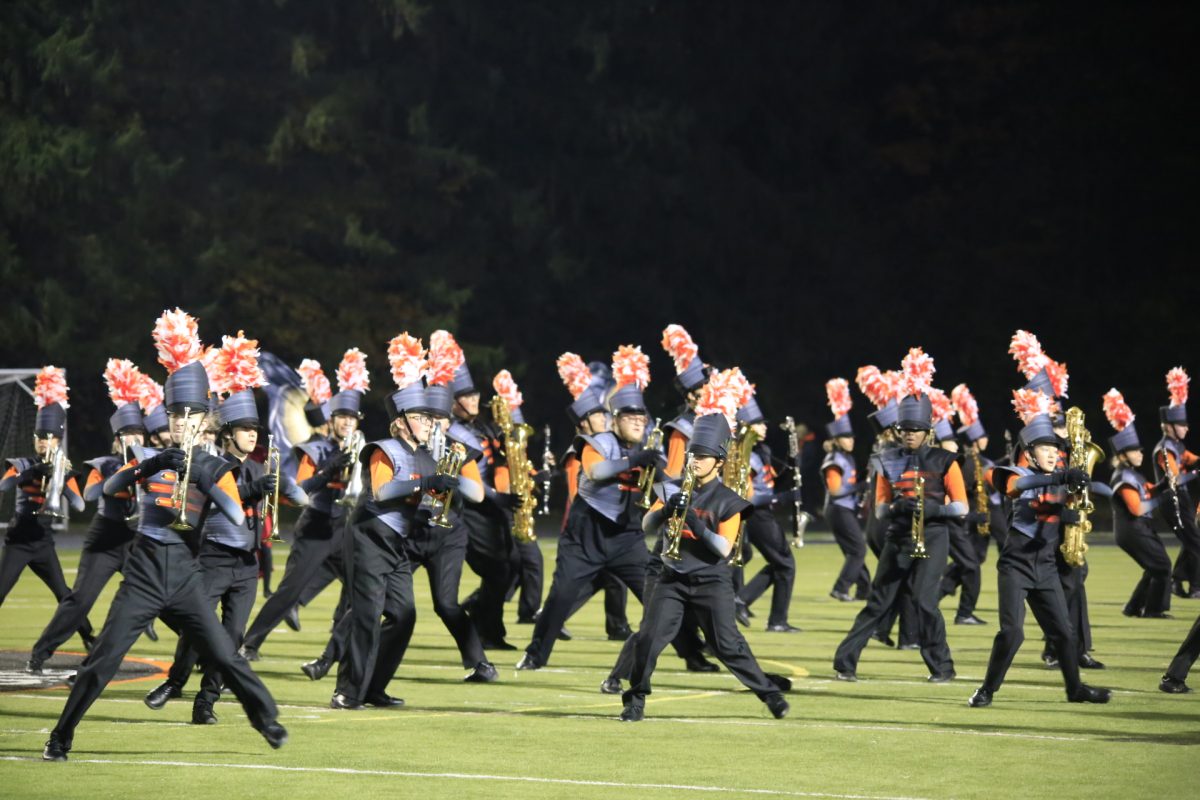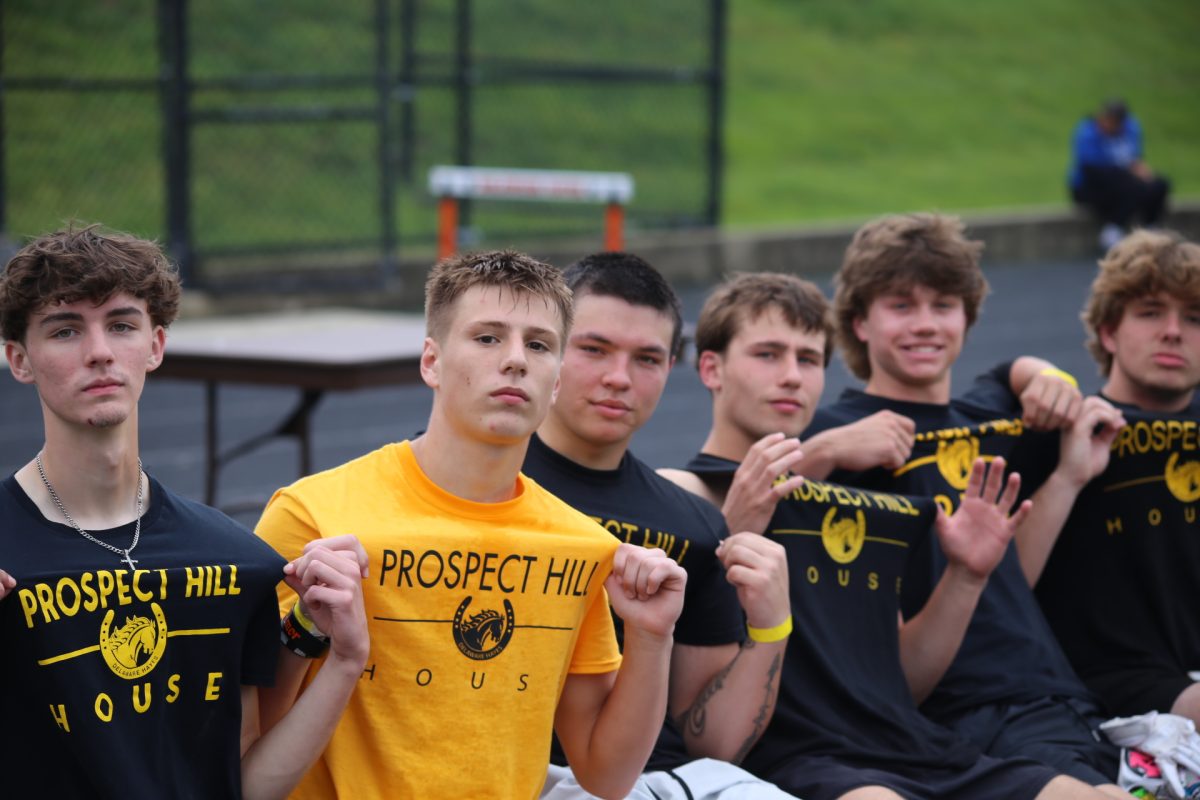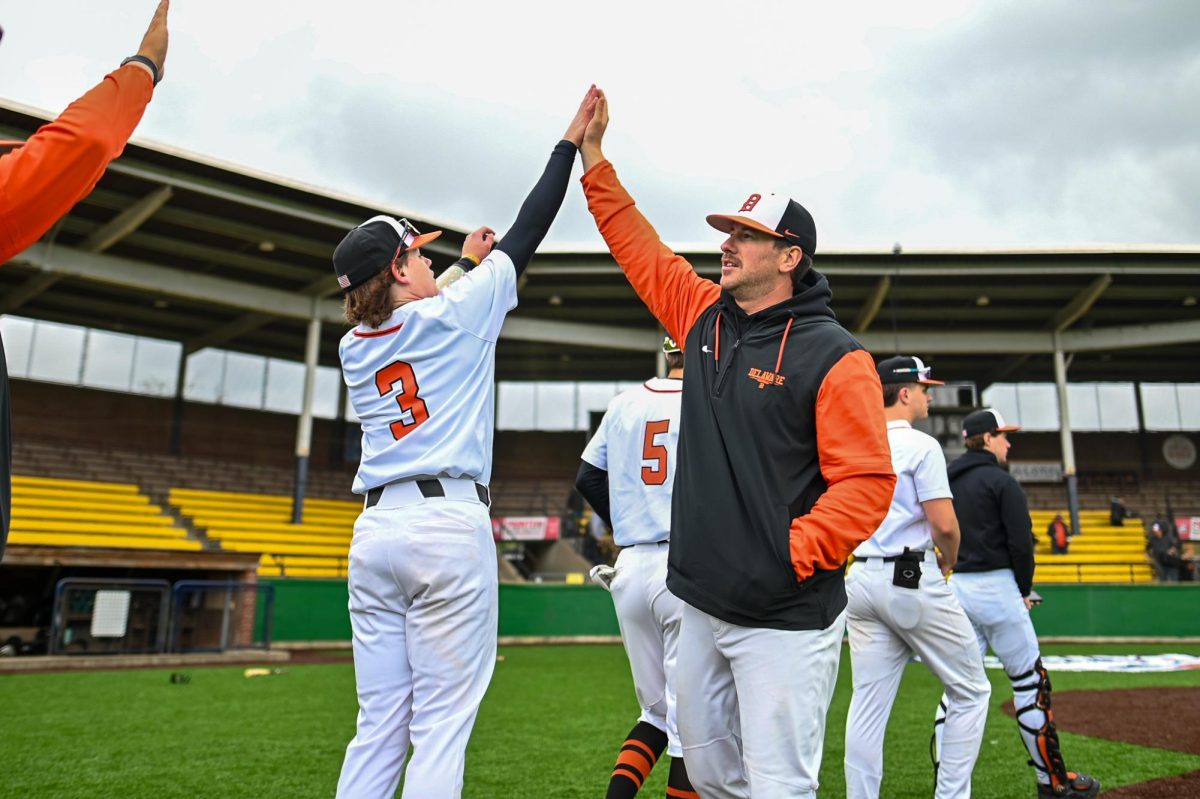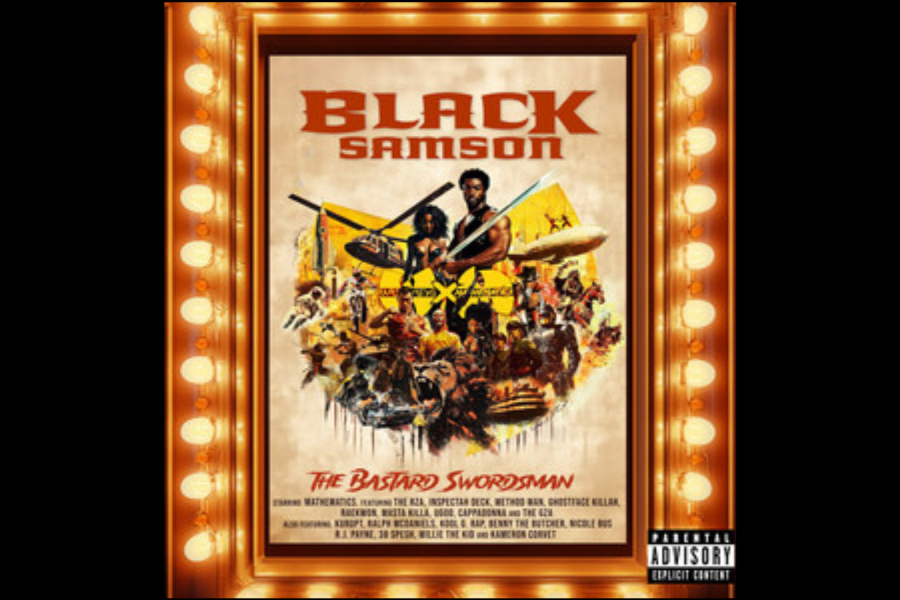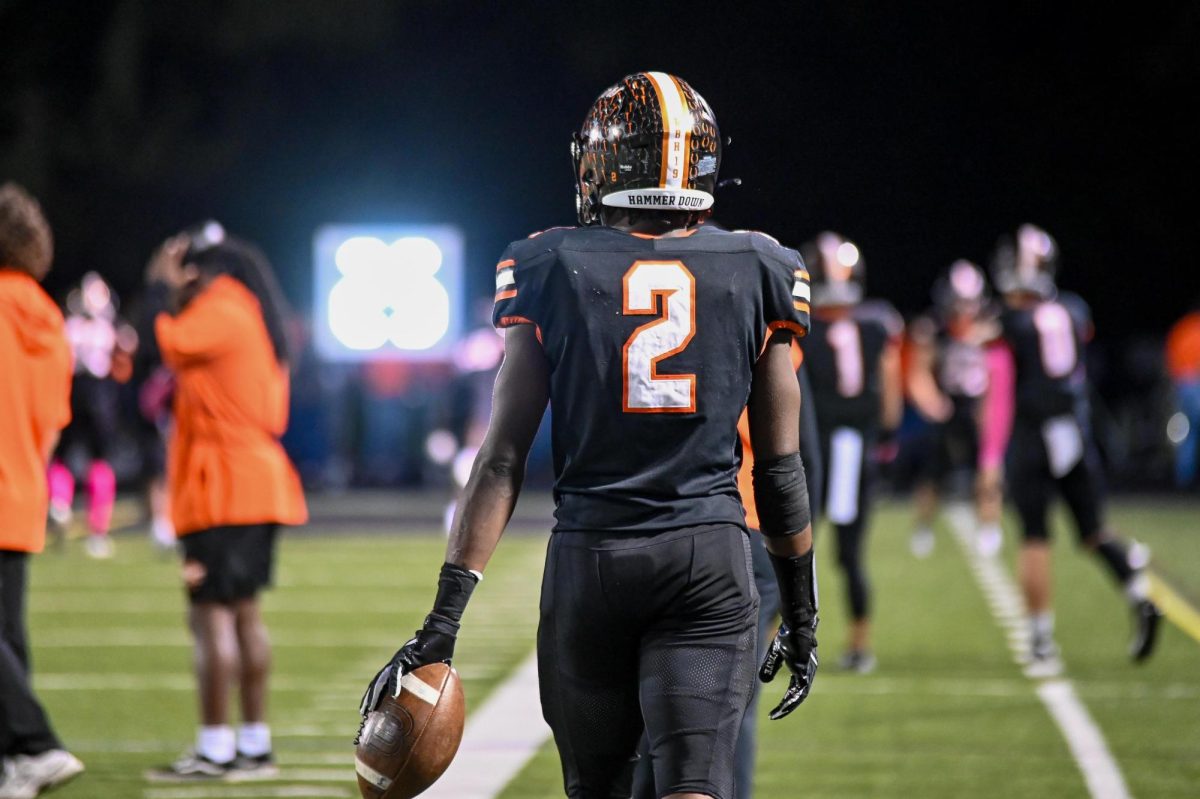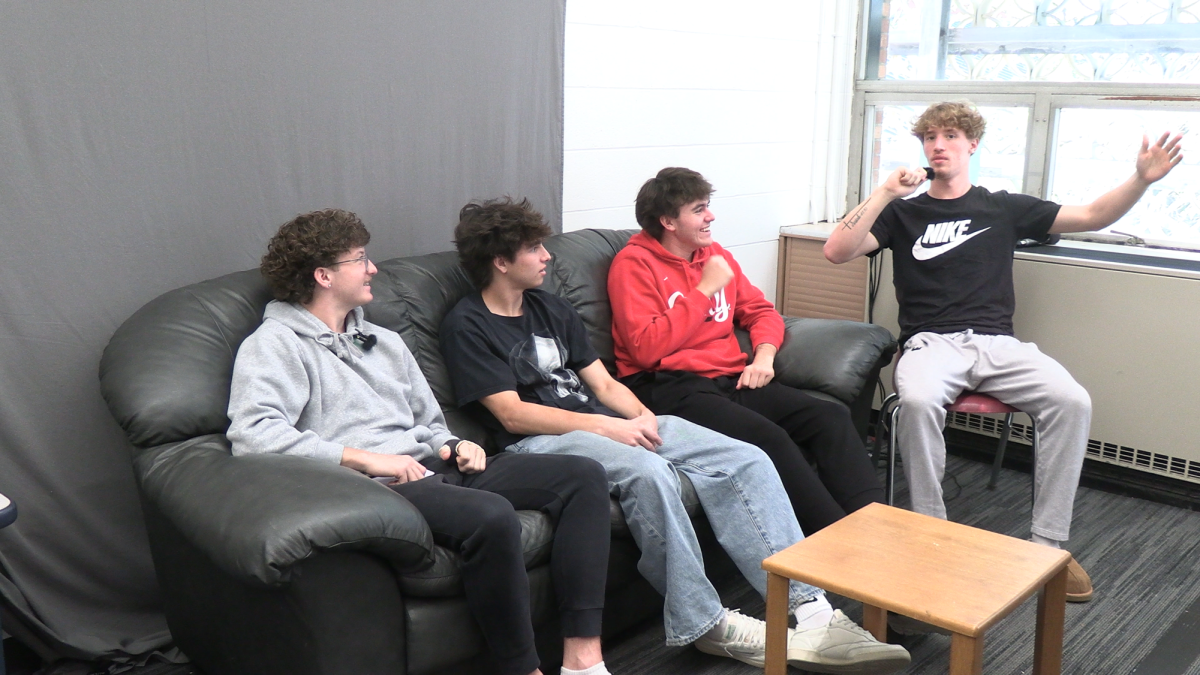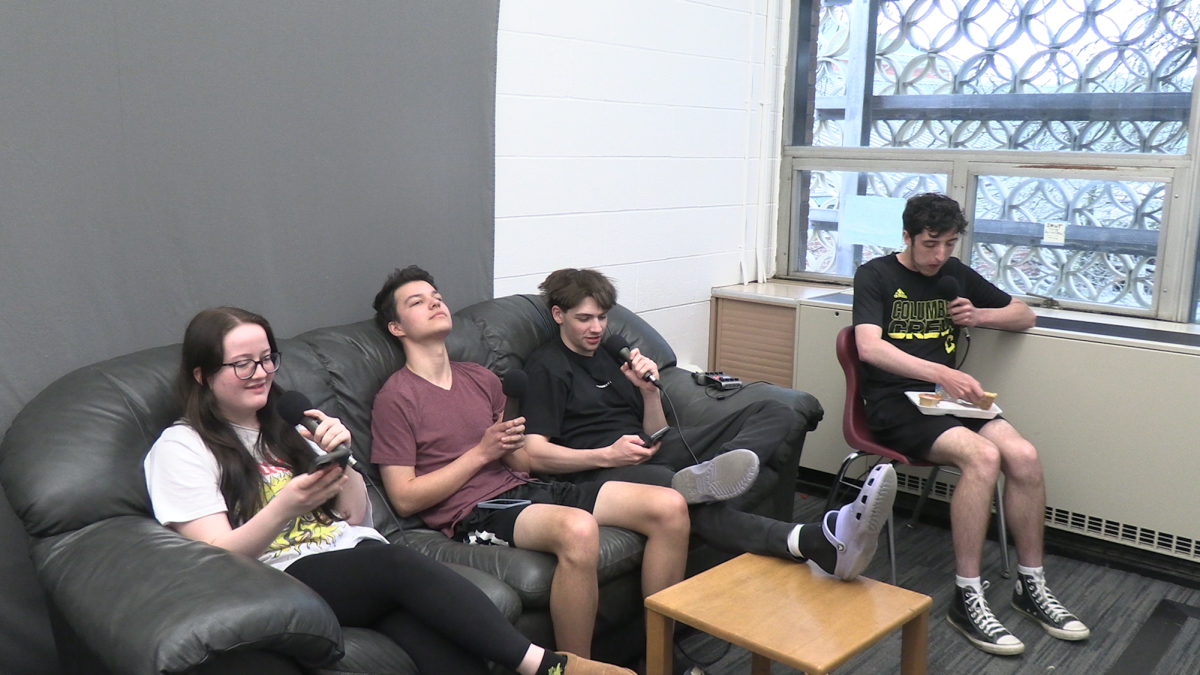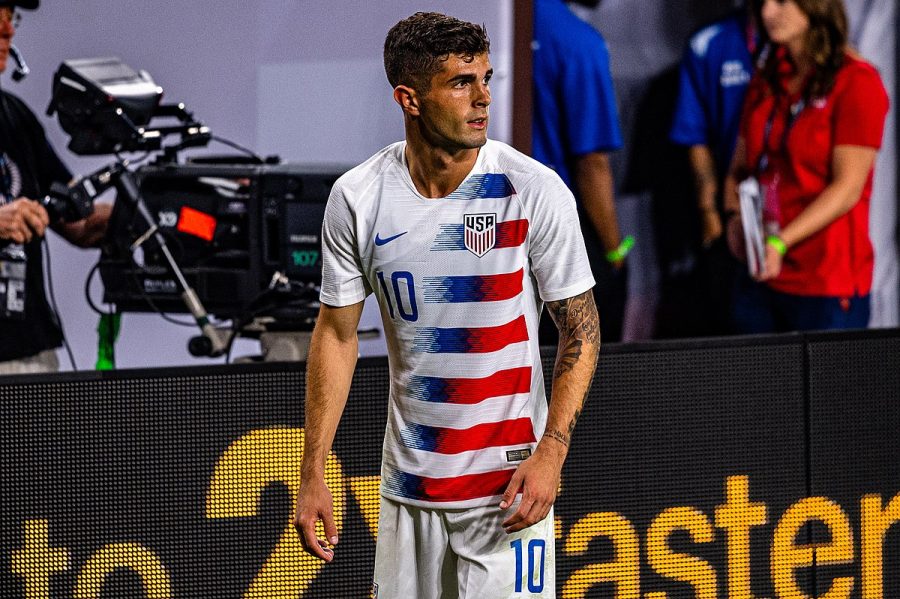2022 World Cup: What to expect from the US Men’s National Team
American attacker Christian Pulisic looks up the field during a previous USMNT game.
November 22, 2022
On November 21, the United States Men’s National Team will compete in the 2022 FIFA World Cup. There’s many angles and stories to this year’s tournament and the road here has been long and winding. To understand where the U.S. team is at, and where it could go, it’s necessary to look back.
Summer, 1994
From coast to coast, America is covered in soccer. As the host nation of the ‘94 World Cup, the United States will be the home of 52 matches in 9 cities, and the MLS will kick off its first season in just 2 years.
The stage that the 1994 World Cup put soccer on in front of Americans would help the world’s game find a bigger place in the states, and elevate the interest level to heights previously unseen for the beautiful game.
The USMNT would lose to eventual champion Brazil in the Round of 16, but the growth of the game in the USA would prove to be a win. With a top flight league finally established as part of a hosting bid and a new generation of soccer players and fans growing, the future is bright for soccer in America.
From a league perspective, the US didn’t have the easiest start. Starting with 10 teams, the MLS struggled for popularity and profit, with the Tampa Bay Mutiny even folding after 5 seasons.
Eventually, the league would find footing, with big name players like David Beckham and Thierry Henry coming in from Europe and increasing television coverage contributing to the league’s growth. By 2017, the league would have 22 clubs and committed fan bases across the country.
For the national team, this was a much darker time.
Fall, 2017
Heading into the match against Trinidad and Tobago, the U.S. needed a win to qualify for the 2018 FIFA World Cup. A draw would all but guarantee a spot, as long as absurd goal differential margins didn’t arise in other matches in the CONCACAF table. Trinidad and Tobago sat last in the table, already eliminated from qualification.
Coached by Bruce Arena, the Americans presented a veteran, MLS heavy roster. Headlined by Clint Dempsey, Michael Bradley, Jozy Altidore and Tim Howard the U.S. possessed a team with World Cup experience, but also expectations.
This group was in the twilight of their era, and had qualified for every World Cup during their time, as the U.S. had participated in the tournament every time since 1990. The Americans had every expectation of competing in Russia for the 2018 FIFA World Cup.
And then the match started.
On a poorly lit, heavily saturated field due to flooding, Trinidad and Tobago took the lead early after an own goal from the Americans, and a complete rocket of a shot by Alvin Jones, going up 2-0 by halftime. Young attacker Christian Pulisic would score in the 47th minute, but the U.S. wouldn’t manage to find another score even with attackers subbed on in the second half.
The defeat wasn’t just painful, it was embarrassing. Losing to such a small country in the pathetic fashion that it happened left a sour taste in the mouth of the US soccer fans, media, and players. The campaign was an abject failure, which could have been attributed to questionable squad selection, arrogance toward smaller opponents from the veteran team, and sloppy play, but will be remembered by the photo of a young Christian Pulisic, the U.S. Soccer wonder boy, crying on the field after failing to qualify.
This moment would be the last page of a chapter for the U.S. Soccer, the end of an era, but also served as the starting point for the (possibly golden) generation the USMNT finds itself in now. Though this World Cup will undoubtedly be shrouded in controversy due to the many human rights and equality failures in Qatar, the U.S. team can at least find some hope on the actual playing aspect of this tournament.
Headlined by young, promising players like Pulisic, Gio Reyna, Tyler Adams, Weston Mckennie and Brendon Aaronson the Americans have experience in the highest levels of competitions. Though manager Gregg Berhaltar has no shortage of MLS players in this roster, these names have top European experience.
Pulisic, the most famous of the group, plays his club matches Chelsea, one of the most storied teams in the English Premier League. He is the first American to start and win a Champions League Final.
Pulisic has been tasked with being the icon of this squad, and has a polarizing image amongst fans. On one hand, Pulisic struggles to start at Chelsea, and has disappointing moments for the USMNT. On the other hand, he has the ability to take control of a game and provide a spark in certain games.
Adams and Aaronson are former MLS products and are now paired on Leeds United, and have had a strong showing in the Premier League during their first year. Adams, the newly named captain of the squad, provides control in the midfield, while Aaronson thrives in the attacking third, finding space and threading passes.
Reyna, USMNT royalty as both his parents represented the USA on the national team, is one of the most versatile players in the squad. Reyna can fit anywhere in the attacking puzzle and is vital for the squad to find goals.
Reyna has had difficulty finding spells of full health at club side Borussia Dortmund, but is finally available for this American squad. In a group with England, Wales, and Iran the U.S. will need to capitalize on the chances they receive when they come, a task Reyna will undoubtedly be integral in.
McKennie, central midfielder for Italian giants Juventus, is quietly one of if not the best player on this roster. A strong central midfielder is to a soccer team as quarterback is to a football team, or a point guard to a basketball team.
McKennie can facilitate and control the ball at a high level, providing the consistency and service passes needed for the U.S. to find results in this tournament.
Paired with a group of core players whose selection was no easy task, names like Yunus Musah, Timothy Weah, Walker Zimmerman, Josh Sargent, and Matt Turner this crop of American stars can usher in a new time in soccer.
With the most skilled roster the country has ever seen, and a 2026 World Cup taking place in the U.S. on the horizon, this is the time to take steps forward for American Soccer. A taste of growth and hope for the game.
This tournament can be a success for the USA without taking home a trophy. With the MLS still growing and a uniform TV rights deal coming into action through Apple TV, America is in good standing from a league aspect. But to move America to being a true soccer power, to inspire millions of young players who spend time in the parks, backyards, and living rooms kicking the ball around, to start a new golden age of American soccer, this tournament can be the platform the USMNT needs.



